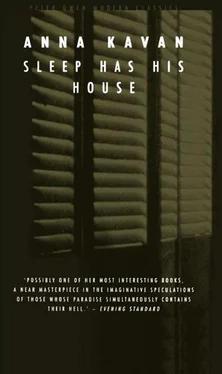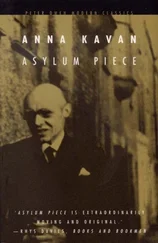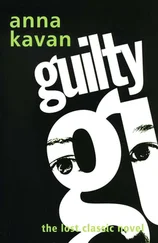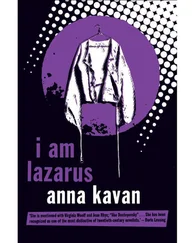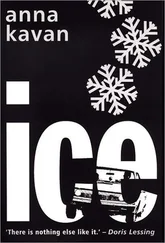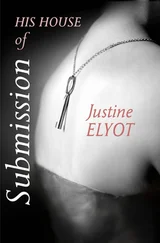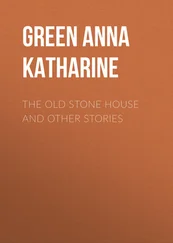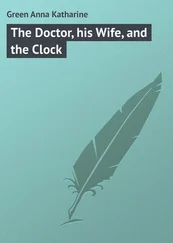A very clean large ringless hand approaches the pile. It could be either a male or a female hand. The practical fingers have squarish shortish neatly trimmed nails. The flesh of the hand shows tallow-white against ice-white paper.
The hand hovers momentarily; sinks; the thumb moving glissando along the edge of the topmost form, fingers curving above, till it reaches the comer; first finger smoothly descends and in co-operation with thumb raises the paper slowly upwards: holds it vertical for a moment (the words EXAMINATION RESULTS, and CASE NOTES, come alternatively and fugitively into focus heading the form): lowers it to horizontal position on smooth dark surface.
The paper now seen laid out flat on the surface, of which only a narrow border appears framing it, with the mass of piled forms rising steeply behind, top of the pile is out of sight. A huge highly polished black fountain-pen like a gun-barrel is trained on the paper; the glittering nib over the black ink-feed carries a dazzlingly brilliant bolus of light on its rounded tip.
Discharging brisk light-volleys, the nib travels judicially down the left side of the paper where a sequence of printed categories is set out with appropriate sections for comments: halts opposite CONDUCT near the top of the form; after hesitation proceeds at reduced pace downwards to SYMPTOMS; pauses again.
The fountain-pen poised like a gun taking aim. This position is held while, very distantly, a bell begins ringing. On the last stroke of the bell, nib, jabbing brilliance, is sharply directed to paper which it contacts with a short crackling explosion.
Immediately, light and sound condensing, concentrating into, respectively, the voice and nimbus of the Liaison Officer (restored now to his original smart dress and assurance), who reads from the original spine-tided black volume, in his original dry, precise, expressionless, military tone
The Terminus Clock
Choosing a clock for an important terminus is a serious matter. It’s not a question that can be settled offhand, like buying an alarm-clock or a wrist-watch, in the course of a brief visit to the horlogerie round the comer. No indeed: this is a totally different affair, and one which may easily require years of research and consideration. Just glance for a moment at the various aspects of the problem. Let’s start off by asking ourselves what are the essential qualities that such a clock must possess. First and foremost I imagine everyone will agree that it must be an accurate timekeeper. When it is remembered how many urgent matters — matters literally of life and death, to say nothing of vast business transactions and state operations — depend on it, there can be no doubt that everything else must be secondary. As long as there is any integrity left in the human race there will be also the desire for an impartial standard of accuracy. That being decided, however, we are only at the start of our difficulties. The concept of accuracy is not static; it is, on the contrary, constantly fluctuating; a clock which keeps perfectly good time for us may be quite unreliable for our neighbour, and indeed for us too on another occasion. So in whose hands are we to place the decision? It might be best (if we could establish a majority) to trust to a majority judgment. But that is not feasible. The probability is that the very people who are most unanimous today in their opinion will tomorrow be all at loggerheads, and each come hurrying with some new recommendation of his own to supersede the previous common agreement.
Such obstacles paralyse one from the beginning, and so it may be advisable to pass on and to think less about the mechanism of the clock than of its design. Here again every section of the community will want something different: practical people being most likely in favour of functional plainness, while the æsthetes will demand an artistic presentation. And these conflicts will be further subdivided among themselves into minor clashes; as, for instance, in the case of the artists, between the so-called modems and the academicians, and then into still finer distinctions, impressionists versus pointillistes, symbolists versus surrealists, etc. etc. ad infinitum.
Even supposing that by some arbitrary move the clock has actually been installed in the terminus, this, unfortunately, will only lead to fresh strife and fresh complications. Factions are sure to complain that the wrong site has been chosen, the clock-face, besides being of an unsatisfactory shape and size, is either too high or too low, or else is improperly illuminated; that it can only be seen with difficulty from the waiting-room, and not at all from behind the bookstall, and so on. On top of this there comes the technical problem of servicing the clock and maintaining it in first-class running order without in any way interrupting or interfering with the general routine functioning of the terminus as a whole.
When all these things are added together one begins to recognize the probably insuperable difficulties of the undertaking, which all the same can’t possibly be abandoned. The long patient hours of thought and study which serious-minded people have devoted to it all culminate in a longing for the time when the thankless task can be concluded and put away, like a difficult book the contents of which have been mastered. And for that reason the terminus clock is represented by students as being composed of sixty metal sheets, one for every minute of the hour, which fall and cover each other successively like turned book pages.
The Liaison Officer is seen for a second beneath a huge station time-indicator, closing his book, in the act of turning away, as the dream changes.
A harsh metronome clicking, getting gradually louder until it reaches the loudness of the snap of a medium-sized dry branch repeated at three-second intervals. Now with each crack a rectangular plane, describing an arc, rising, falling, horizontal, in the fashion of a series of loose leaves held together at their bases, or of the type of clock that marks each minute after the hour on changing indicators. All ephemerally exhibiting pictures of doctors, civil servants, professors, government officials; making reports bent over desks or tables. The high-heeled shoes of a typist and her rayon ankles twined round a chair leg; a group of white-coated workers comparing case notes.
With abrupt speed-up of clicks to one-second spacing the turning leaves distinguishable as college, hospital, government forms snowing into a pile. It is not possible to read what is on the forms (most of the printing is just a blur), but on one or two of them B’s name is legible, on others single printed nouns appear as: AGE; QUALIFICATIONS; CLASS; DESTINATION; ATTITUDE TOWARDS; RESULT: with the beginning (indecipherable) of a written comment.
Suddenly a precise disembodied voice asking coldly: Have you any statement to make at this stage? Followed, after slight hesitation, by the voice of invisible B; at first stammering, scarcely audible; gaining gradually force and tension until it breaks on an overtone of hysteria.
By what judgment am I judged? What is the accusation against me? Am I to be accused of my own betrayal?
Am I to blame because you are my enemies? Yours is the responsibility, the knowledge, the power. I trusted you, you played with me as a cat plays with a mouse, and now you accuse me. I had no weapon against you, not realizing that there was need for weapons until too late.
This is your place; you are at home here. I came as a stranger, alone, without a gun in my hand, bringing only a present that I wanted to give you. Am I to blame because the gift was unwelcome?
Am I accused of the untranslated indictment against myself? Is it my fault that a charge has been laid secretly against me in a different language?
Читать дальше
